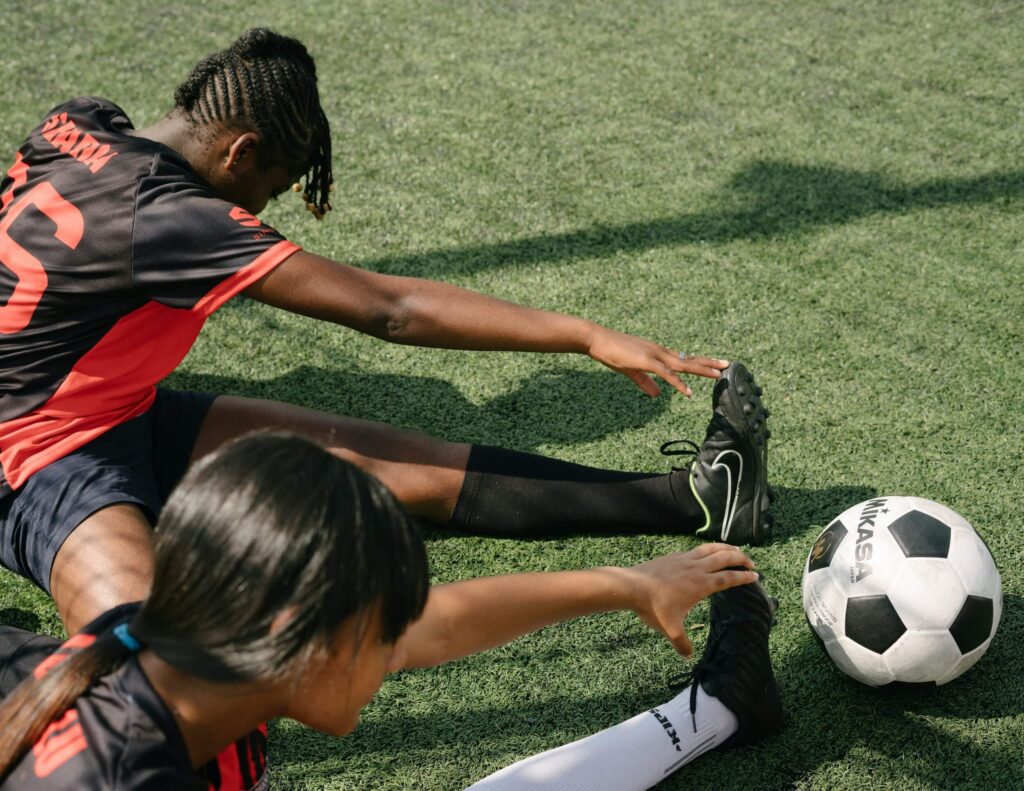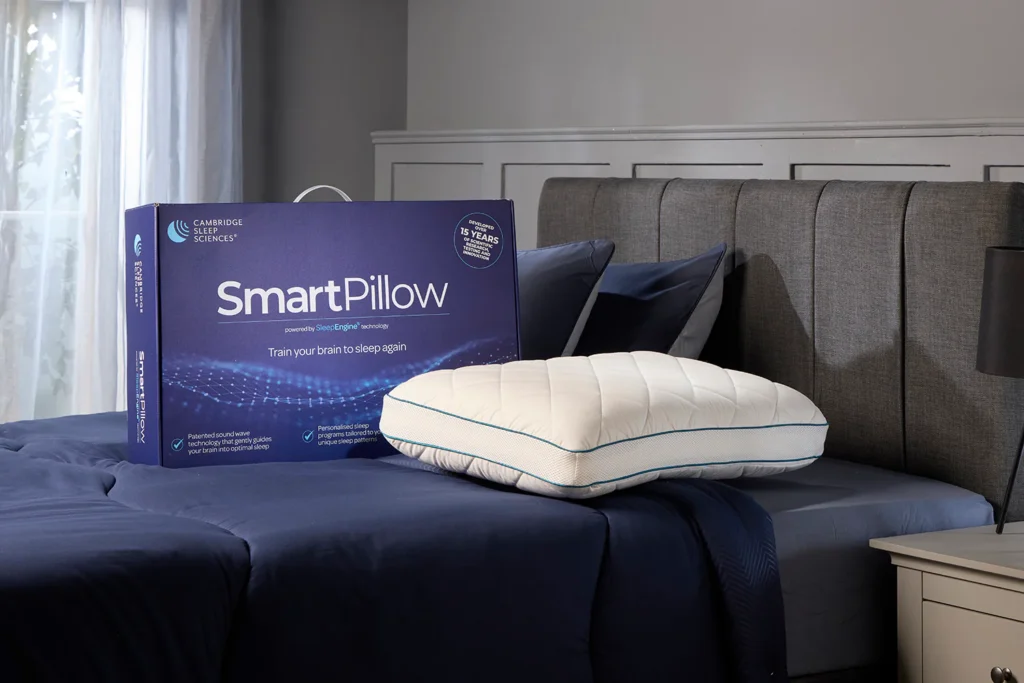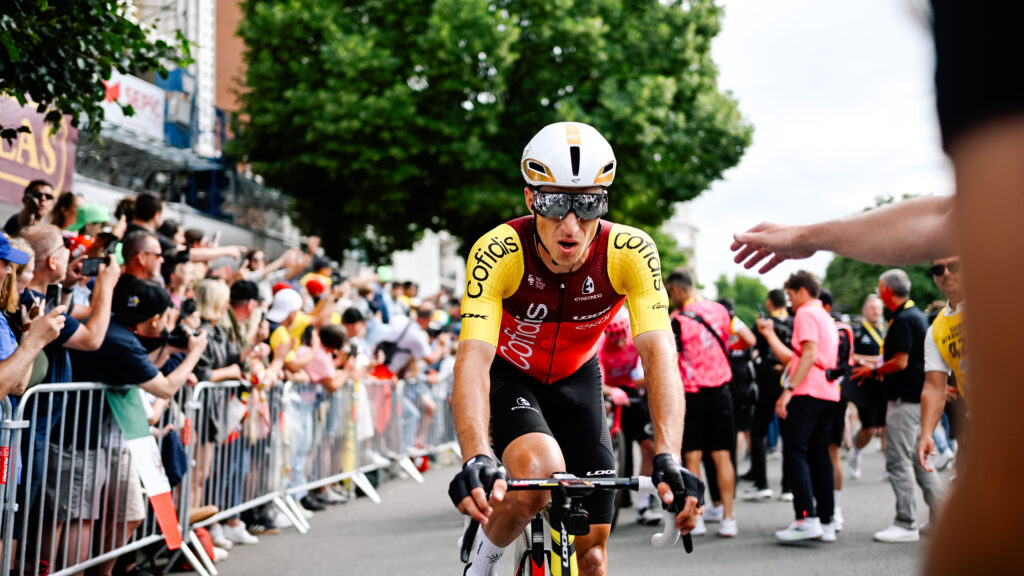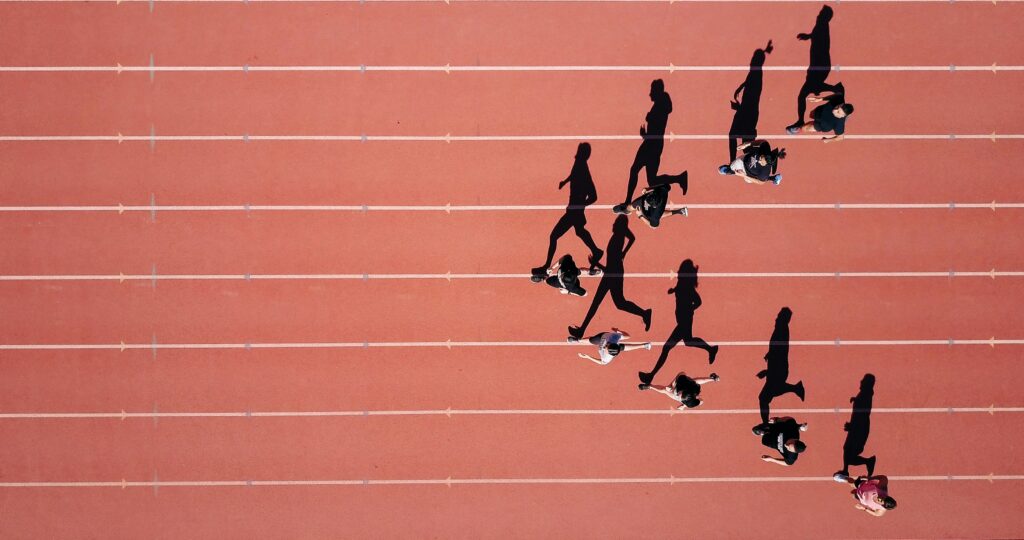Performing an effective warm-up and cool-down protocol can aid in reducing the risk of injuries from physical activity, improving performance, and promoting longevity. There are various warm-up and cool-down methodologies that you can employ to maximize your training sessions. Some of these are discussed below.

Highlights
- When it comes to warming-up, a method based on scientific practice is the RAMP (Raise, Activate, Mobilize and Potentiate) protocol,
- It was developed by Ian Jeffreys and is used by several elite coaches around the world,
- There are several cool-down strategies that can be employed at the end of a training session to relax the body and return from a state of high activation.
When it comes to warming-up, a method based on scientific practice is the RAMP (Raise, Activate, Mobilize and Potentiate) protocol. It was developed by Ian Jeffreys and is used by several elite coaches around the world. It is a sequence that provides a time-efficient option for addressing several factors of performance that can provide long-term benefits. Let’s break it down:
Raise
The first part focuses on raising the body’s key physiological parameters such as heart rate, blood flow, core temperature, neural activation and conduction in preparation for training. This can be achieved by using different modalities. Some examples are: easy low-intensity movements such as skipping, low-level plyometrics, low-intensity cardio, lightweight medicine ball passes and tosses, general athletic movement or even some recreational games, depending on the equipment available.
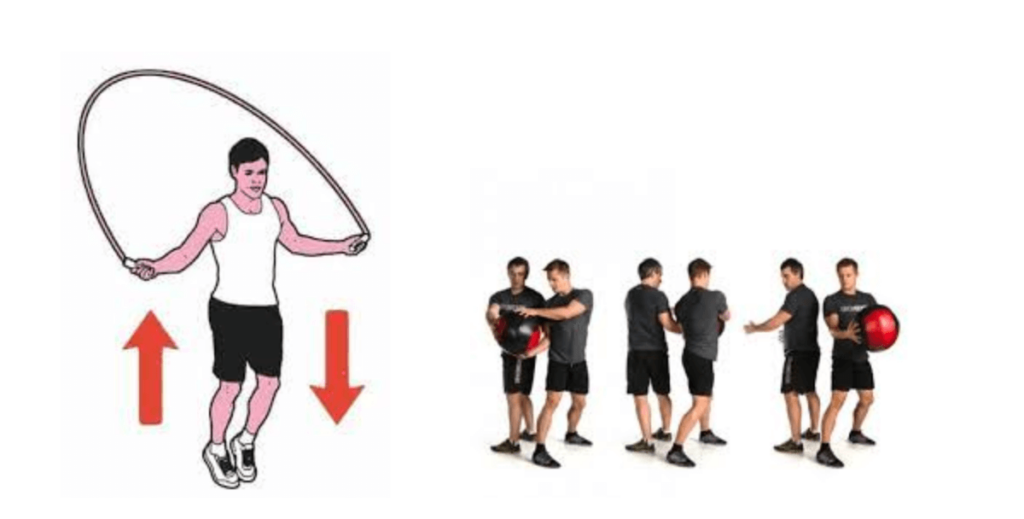
Activate
In this phase the focus is on activating muscle groups and mobilizing the various joints of the body. Specificity of the exercise sets in this phase can prepare the body for optimal performance. For this purpose a key understanding of the sport or the planned physical activity is crucial. Several activation exercises in this phase can be individualized and administered as prehab for injury prevention. Hence, a deep insight into any past injuries or persistent physical issues can be conducive. Corrective exercises to address any postural deficiencies or movement regularities can also be used here.
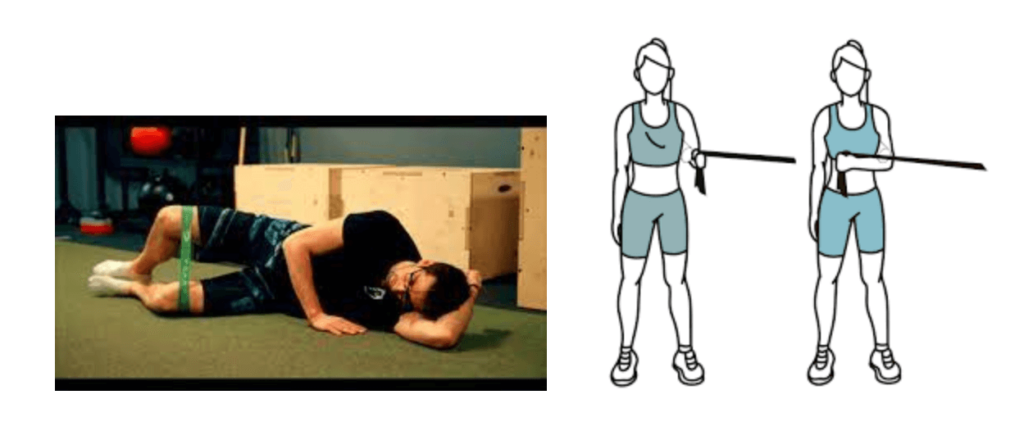
Mobilize
Post activation, moving the various joints in patterns specific to the planned activity is important. Mobility exercises that cover the ranges of motion in different joints specific to the activity can be prescribed. The exercise prescription can be simple but must also cover global functional patterns and prepare athletes for the tasks they will perform in training.
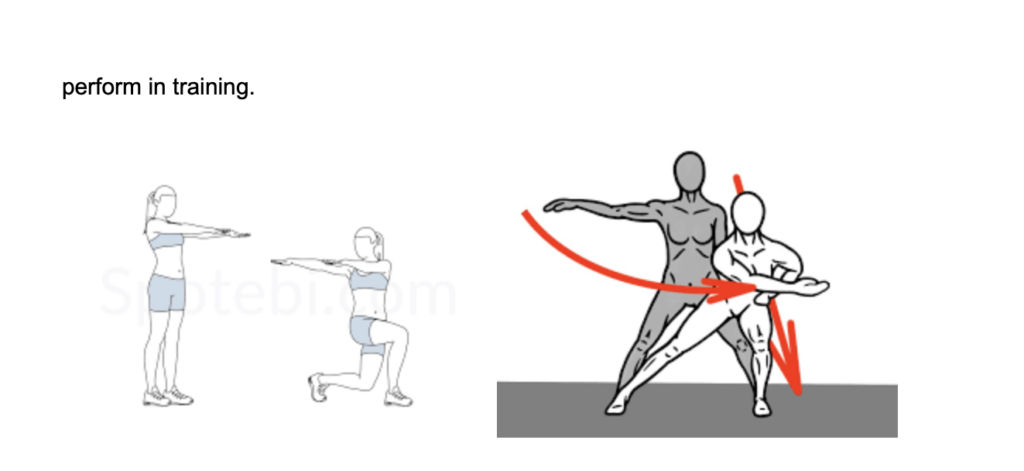
Potentiate
This last phase of the warm-up is concerned with potentiation of the Central Nervous System (CNS). Keeping this phase competitive can be very effective. Several types of explosive exercises such as high-intensity jumps and throws (for distance) can highly stimulate the CNS, which has shown to improve performance. Specificity is the key in this phase of the warm-up, as there can be a higher transfer of the effects to the training session, therefore exercises must be selected accordingly. For example, short sprints prior to a football game, explosive jumps before a game of basketball/volleyball and medicine ball tosses before tennis or badminton have shown to positively impact subsequent performance in the training session.
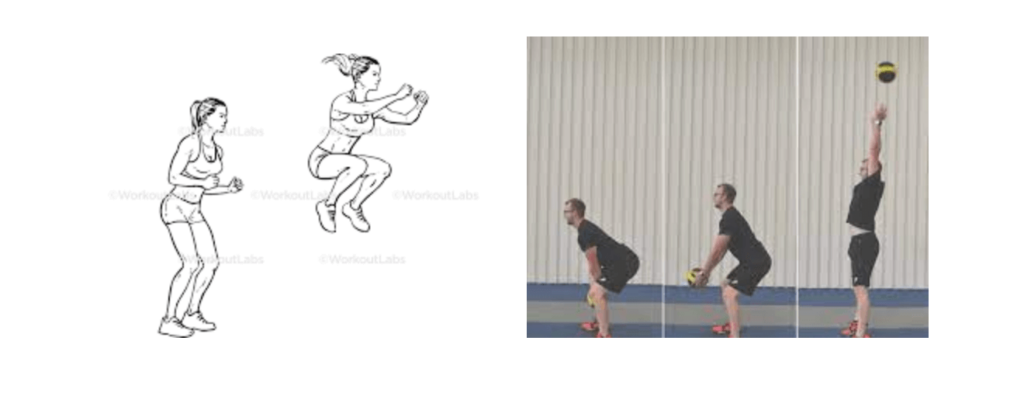
Cool-down
There are several cool-down strategies that can be employed at the end of a training session to relax the body and return from a state of high activation. Traditionally, static stretching methodologies have been very popular; however, some research suggests that it has low efficacy and could be detrimental if certain positions are held for beyond 30 seconds. But, there are several other strategies that can be used instead. One very effective form of muscle relaxation is PNF proprioceptive neuromuscular facilitation).
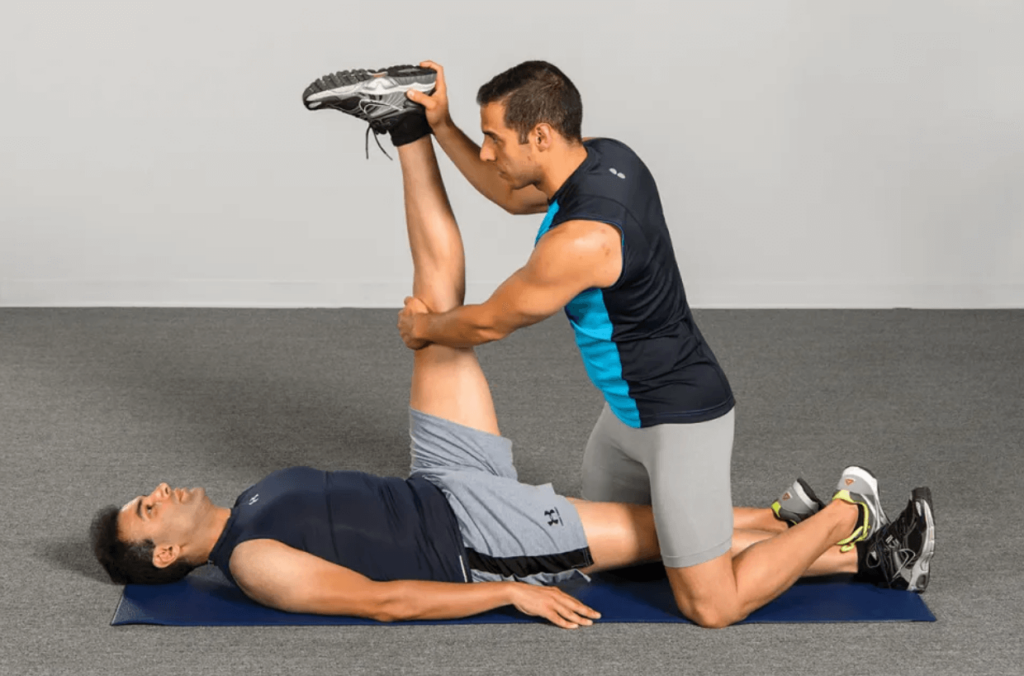
PNF modalities may look similar to static stretching. However, the most effective form of PNF, which is known as hold-relax with agonist contraction, involves active muscular contractions to facilitate reciprocal inhibition. This is an active contraction of the agonist muscle to relax the targeted antagonist muscles.
Low-intensity, steady-state cardio has also been used as a cool down option, as it helps in flushing the built-up metabolic by-products from training by facilitating blood circulation through the whole body. This can also be used to lower the heart rate post intense exercise.
Other low-intensity exercises, such as core circuits or accessory circuits, can be used for cool-down, and they also address key physical attributes like coordination and stability.
Lastly, several breathing techniques have shown to return the body to a relaxed state. Diaphragmatic breathing, which drives a parasympathetic response from the body, is very useful for relaxation. Other breathing techniques like 4-part box breathing can induce a similar response. Breathing techniques can also be used in conjunction with low-intensity mobility exercises. Soft tissue work such as foam rolling can be used to dial down muscle tone while incorporating breathing exercises.
Conclusion
Based on the availability of equipment, personal preferences and requirements for the sport, an individualized strategy can be programmed and set in place. The various modalities discussed above can be used in different combinations and modified as per one’s progress to get the best results.
Disclaimer: The contents of this article are for general information and educational purposes only. It neither provides any medical advice nor intends to substitute professional medical opinion on the treatment, diagnosis, prevention or alleviation of any disease, disorder or disability. Always consult with your doctor or qualified healthcare professional about your health condition and/or concerns and before undertaking a new healthcare regimen including making any dietary or lifestyle changes.
References
- https://humankinetics.me/2019/03/04/what-is-the-ramp-warm-up/#menuopen
- https://humankinetics.me/2018/04/25/what-is-pnf-stretching/
- https://www.researchgate.net/publication/331369514_The_Warm-up_A_Behavioral_Solution_to_the_Challenge_of_Initiating_a_Long-Term_Athlete_Development_Program
- https://pubmed.ncbi.nlm.nih.gov/26400696/
- https://pubmed.ncbi.nlm.nih.gov/29663142/#:~:text=In%20summary%2C%20based%20on%20the,with%20a%20passive%20cool%2Ddown.




